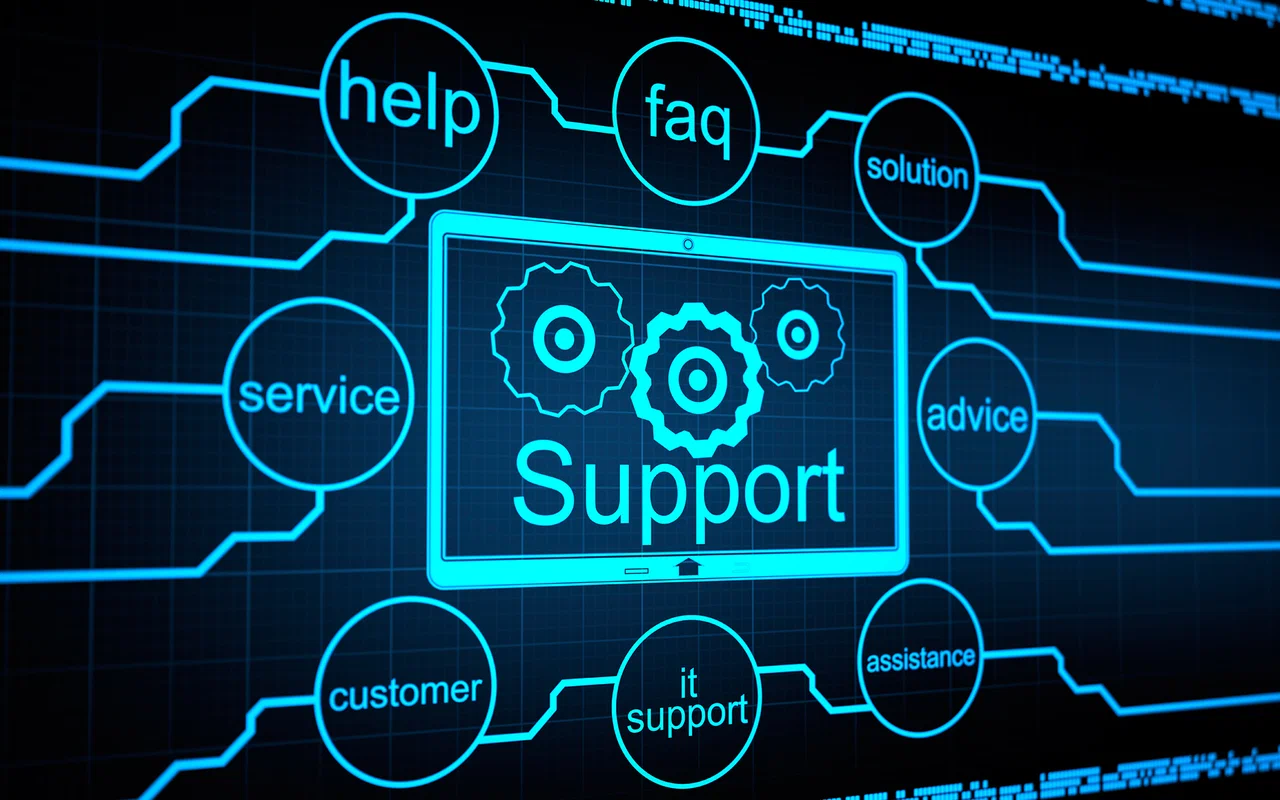
How to Analyze Fan Engagement Metrics Effectively
In the digital age, understanding your audience is crucial for success. Analyzing fan engagement metrics allows artists, brands, and organizations to gain insights into how their content is resonating with fans. By leveraging a fan engagement platform, you can streamline the process of collecting and analyzing these metrics. This article will guide you through the steps needed to analyze fan engagement metrics effectively, ensuring that you can make informed decisions to enhance your connection with your audience.
Why Analyze Fan Engagement Metrics?
Analyzing fan engagement metrics is essential for several reasons:
- Understand Your Audience: Knowing who your fans are and what they enjoy can help tailor your content to meet their preferences.
- Measure Success: Engagement metrics provide tangible evidence of how well your strategies are working, allowing you to celebrate successes and identify areas for improvement.
- Optimize Content: By understanding which types of content resonate most with your audience, you can focus on what works and discard what doesn’t.
- Increase Loyalty: Engaged fans are more likely to become loyal supporters, attending events, purchasing merchandise, and promoting your work.
Key Metrics to Analyze
When using a fan engagement platform, you’ll encounter various metrics that can provide insight into your audience’s behavior. Here are some key metrics to focus on:
1. Engagement Rate
The engagement rate measures how actively your fans interact with your content. It can be calculated by dividing the total engagement (likes, comments, shares) by the total number of followers or impressions.
Why It Matters: A high engagement rate indicates that your content is resonating with your audience, while a low rate may suggest that adjustments are needed.
2. Reach and Impressions
- Reach: The total number of unique users who see your content.
- Impressions: The total number of times your content is displayed.
Why It Matters: These metrics help you understand the visibility of your content. While reach shows how many people saw your post, impressions indicate how often it was displayed, regardless of whether it was clicked or engaged with.
3. Click-Through Rate (CTR)
The click-through rate measures the percentage of users who click on a specific link in your content compared to the total number of users who view the content.
Why It Matters: A high CTR indicates that your content is compelling enough to drive action, while a low CTR suggests that your calls to action may need to be more enticing.
4. Conversion Rate
The conversion rate measures how many fans take a desired action, such as signing up for a newsletter, purchasing tickets, or downloading a song.
Why It Matters: This metric is crucial for understanding the effectiveness of your engagement efforts in driving specific actions that benefit your brand or business.
5. Audience Growth Rate
This metric measures how quickly your audience is growing over a specific period, usually expressed as a percentage.
Why It Matters: A steady growth rate indicates that your engagement strategies are attracting new fans, while stagnation could signal a need for new tactics.
Steps to Analyze Fan Engagement Metrics
1. Choose the Right Fan Engagement Platform
Selecting the right fan engagement platform is the first step toward effective analysis. Look for a platform that offers comprehensive analytics tools, allowing you to track various metrics easily. Popular options include Hootsuite, Sprout Social, and Concert Cloud, each offering unique features tailored to different needs.
2. Set Clear Goals
Before diving into the metrics, establish clear goals for your engagement strategy. Are you aiming to increase your audience size, boost sales, or enhance brand loyalty? Setting specific, measurable goals will help you focus your analysis on what truly matters.
3. Collect Data Regularly
To gain meaningful insights, collect data consistently. Depending on your engagement platform, you may be able to automate data collection on a daily, weekly, or monthly basis. Regular data collection allows you to identify trends over time and make timely adjustments.
4. Analyze Key Metrics
Once you have collected data, focus on analyzing the key metrics outlined earlier. Use your fan engagement platform’s analytics tools to visualize this data through graphs and charts, making it easier to interpret.
- Comparison Over Time: Look at how metrics change over time to identify trends. For example, if your engagement rate spikes after a specific campaign, analyze what worked well.
- Segment Your Audience: Break down the data by demographics or behavior to understand how different segments engage with your content. This can help you tailor your messaging and offerings.
5. Gather Qualitative Feedback
While quantitative metrics are essential, qualitative feedback can provide additional context. Use surveys, polls, and direct interactions to gather insights into what fans think about your content and engagement efforts.
Why It Matters: Qualitative data can reveal the “why” behind the numbers, helping you understand fans’ motivations and preferences.
6. Adjust Your Strategy
Based on your analysis, make informed decisions to optimize your engagement strategy. If certain types of content perform better, create more of that content. If engagement rates are low, consider experimenting with new formats or channels.
7. Monitor Results and Iterate
After implementing changes, continue to monitor the results. Analyze how the adjustments impact your metrics and be prepared to iterate further. Engagement strategies are not static; they require ongoing refinement based on audience feedback and performance data.
Conclusion
Effectively analyzing fan engagement metrics is crucial for building a loyal audience and optimizing your engagement strategy. By leveraging a fan engagement platform, setting clear goals, and regularly collecting and analyzing data, you can gain valuable insights that drive your success. Remember, engagement is an ongoing process; continually adapt your strategies to meet the evolving needs of your fans.




